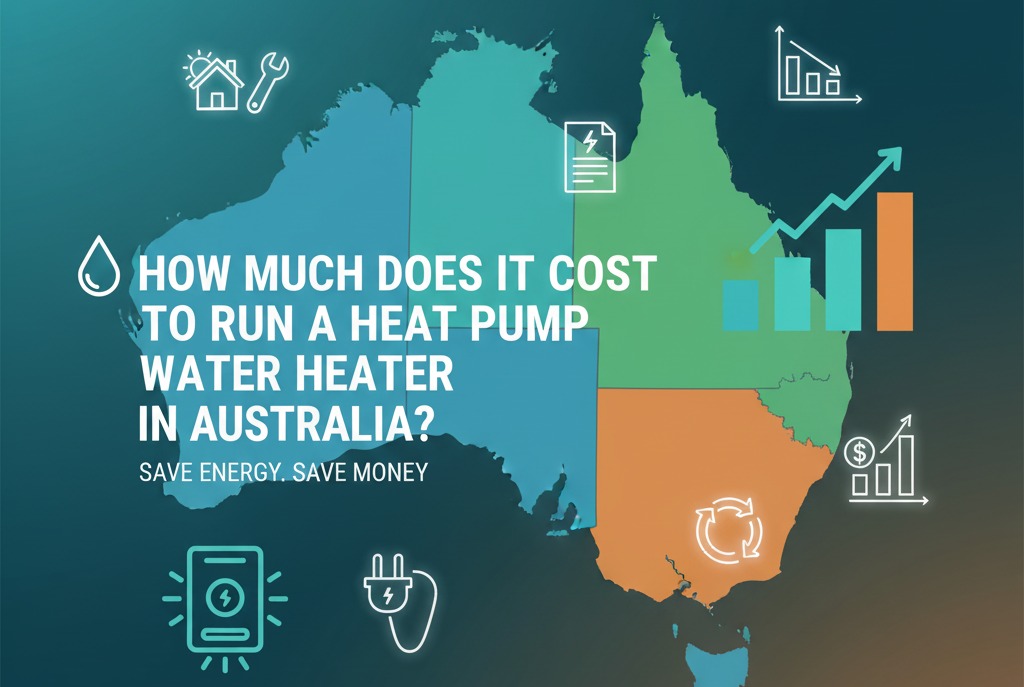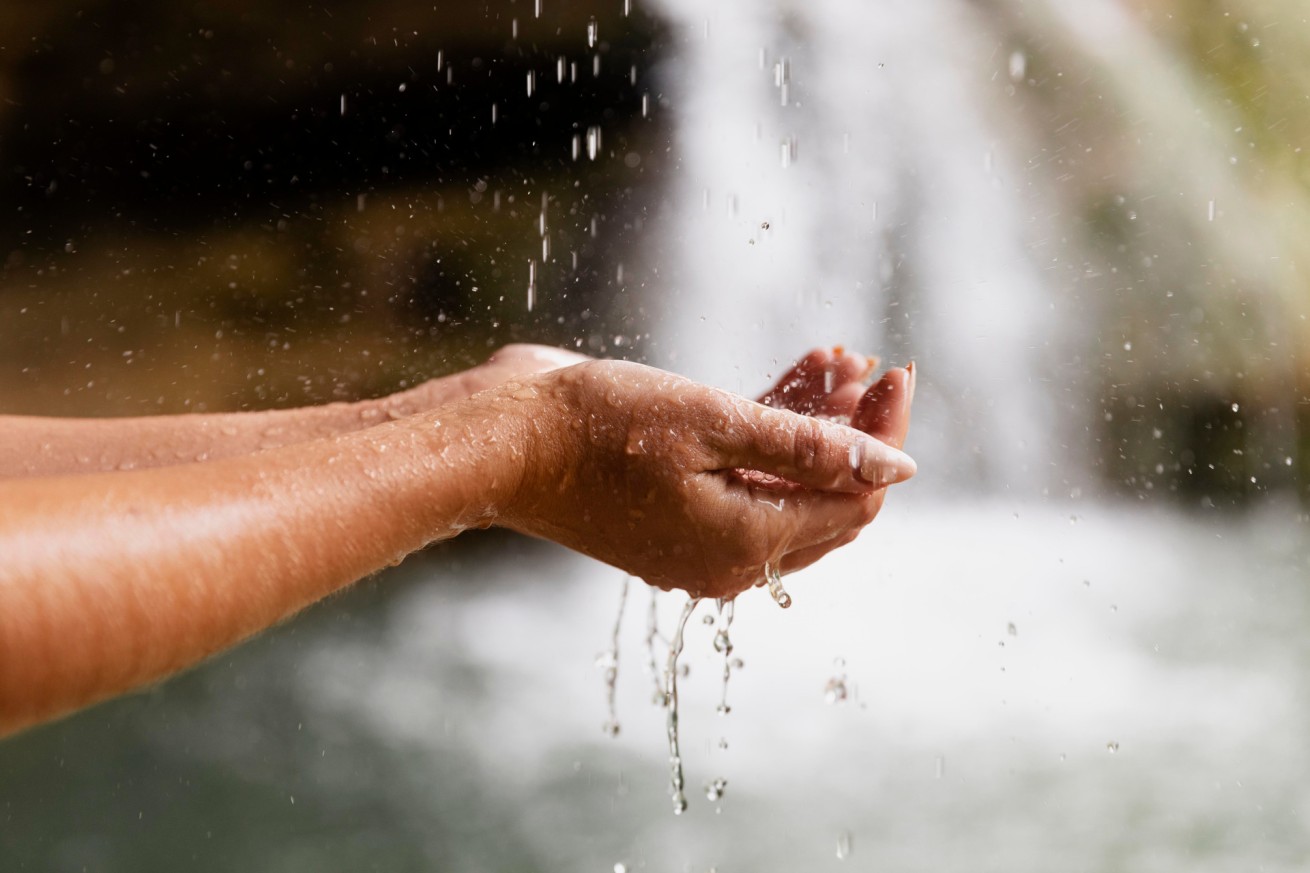
Imagine opening your power bill and seeing it drop by hundreds of dollars, without changing your lifestyle. You still take […]

Hot water is now a modern necessity. But the cost you’re paying for it might be heating more than just your home.
For many Australian households, hot water generally accounts for up to 25% of their total energy bill, and energy prices are spiking up in 2025 by as much as 20–25%, according to the Australian Energy Regulator.
Now’s the time to look at ways to save money and still maintain your comfort.
Below is a helpful guide to reducing your hot water bill in Australia, whether you are a homeowner, renting, or running a busy household.
If you’re on a time-of-use or controlled-load electricity plan, using hot water during off-peak times has the potential to reduce costs significantly.
A lot of older hot water systems (especially storage tanks) will be connected to off-peak electricity tariffs and heat water overnight, when electricity is at a cheaper rate. But not all systems are configured this way and would be using peak power, which means you are probably paying a premium.
Tip:
Call your energy provider specifically to ask whether you are on a controlled-load tariff, or if that means you can switch to a controlled-load eventually.
Most hot water systems in Australia are set to 60°C by default. That’s a legal minimum to prevent Legionella bacteria in storage systems, but many systems are set even higher.
Lowering the thermostat by a degree or two will save energy without compromising comfort, as long as you stay north of 60 °C if you have a storage tank.
Tip:
If you have an instantaneous (continuous flow) system, you can usually set the outlet temperature to approximately 50 °C for good safety and efficiency.
That annoying drip-drip from your tap isn’t just wasting water; it’s also wasting hot water.
A single leaking hot tap can waste hundreds of litres per week. That’s water you’ve paid to heat and never use.
Fix:
Replace washers, install low-flow taps, or call a licensed plumber to seal leaks properly. Even a basic fix can save over $100 a year on your water heating costs.
If your system is more than 10 years old, it’s probably guzzling energy. Newer models, especially heat pump and solar hot water systems, can cut your bill by up to 70%.
Incentives:
Check for rebates via the Small-scale Renewable Energy Scheme (SRES) or your state’s energy-efficiency programs. You could save thousands on installation.
Standard showerheads use up to 15–20 litres per minute, but water-efficient models cut that down to around 6–9 litres without compromising water pressure.
That’s less water to heat, which directly reduces your hot water bill.
Bonus: Many water-saving showerheads are eligible for free under government water-saving programs
Here’s an old-school trick that still works: cutting your shower time from 8 minutes to 4 can slash hot water usage by 50% or more.
To put that in perspective, a family of four could save around $300–$400 a year by simply shaving a few minutes off their showers.
Hack:
Play a 4-minute song on your phone as a timer. When the music stops, so should the water.
Hot water loses heat as it travels through uninsulated pipes, especially in cold climates or long pipe runs.
By insulating the pipes and storage tank (if external), you keep water hotter for longer, reducing the need for reheating.
DIY kit:
Pipe lagging and tank blankets are cheap and easy to install from Bunnings or local hardware stores.
Going on holiday or leaving your home vacant for a few weeks?
Turn off your electric or gas hot water system (unless it’s solar, in which case just switch off the booster). There’s no point in maintaining hot water if no one’s using it.
Note:
For electric storage systems, turn off the circuit breaker at the switchboard. For gas systems, use the pilot switch or isolation valve.
Most modern detergents are designed to work effectively in cold water. Unless you’re washing heavily soiled items, using hot water adds unnecessary energy costs.
Washing clothes in cold water can reduce energy use by up to 80% per load.
Hack:
Set your machine to a cold cycle by default and only switch to hot when absolutely needed (e.g. for bed linen or towels).
Even if your system is efficient, an evil energy plan will undo your savings.
In 2023, thousands of Australians were shifted to more expensive default market offers (DMOs). If you haven’t reviewed your energy plan in the last 12 months, you might be overpaying for hot water.
Tools like Energy Made Easy help compare electricity and gas providers based on your postcode.
Even if you can’t replace the system, you still have options:
And if your hot water system is clearly faulty or costing too much, don’t hesitate to request an upgrade: Landlords in most states have legal obligations to maintain energy-efficient fixtures.
You do not need to sacrifice comfort or even heat to reduce your hot water bill.
This can be accomplished with smarter use, modern upgrades and being conscious of how your hot water system operates.
As energy prices continue to rise and climate impacts become more severe, there has never been a better time to reevaluate how you heat your water in your home.
The cumulative effect of a few thoughtful changes today will save you hundreds of dollars a year, especially if you make multiple changes together.
Need assistance selecting a better hot water system for your household?
No matter if you are replacing, building, or just curious what is right for your household, talk to a licensed plumber or energy consultant in your area who can assist with a needs assessment and their recommendations on systems based on your climate, budget and family size.
In the long run, the most affordable way to heat water is with a solar hot water system with an electric or gas booster. In cooler climates, heat pump systems are very efficient and qualify for rebates. Instantaneous systems can be more economical than electric storage when natural gas is available.
Heat pump water heaters can save hot water energy usage by an average of 70%, which is an average of $300-700 per year in energy savings for the average home, depending on how much you use and the system you have in place.
Yes. Federal and state governments have initiated rebates via the Small-scale Renewable Energy Scheme (SRES) and state-based energy efficiency programs. You could receive thousands of dollars in rebates for installing solar or heat pump hot water systems.
Yes. Renters can reduce costs by:
–Using cold water for laundry
-Installing low-flow showerheads (with permission if needed)
-Reporting leaks to landlords
-Taking shorter showers
-Asking landlords for system upgrades if the current one is outdated or inefficient
It depends on your household size and use. Instantaneous systems are more energy efficient than storage systems because they heat water as needed, rather than continuously heating water as in storage systems. For small- to medium-sized households, they’re typically cheaper overall.
Yes, if you’re going away for more than a few days, turning off your electric or gas hot water system will help you to stop standby energy losses. However, you will need to turn the system on early enough before you come home to have enough time for it to reheat any stored hot water so that you can enjoy a hot shower or bath before bed.
In Australia, storage systems must be set to no less than 60°C to reduce the risk of Legionella bacteria growth. For safety and to save energy, you can generally set the outlet (delivery) temperature to around 50°C on a tempering valve or system control.